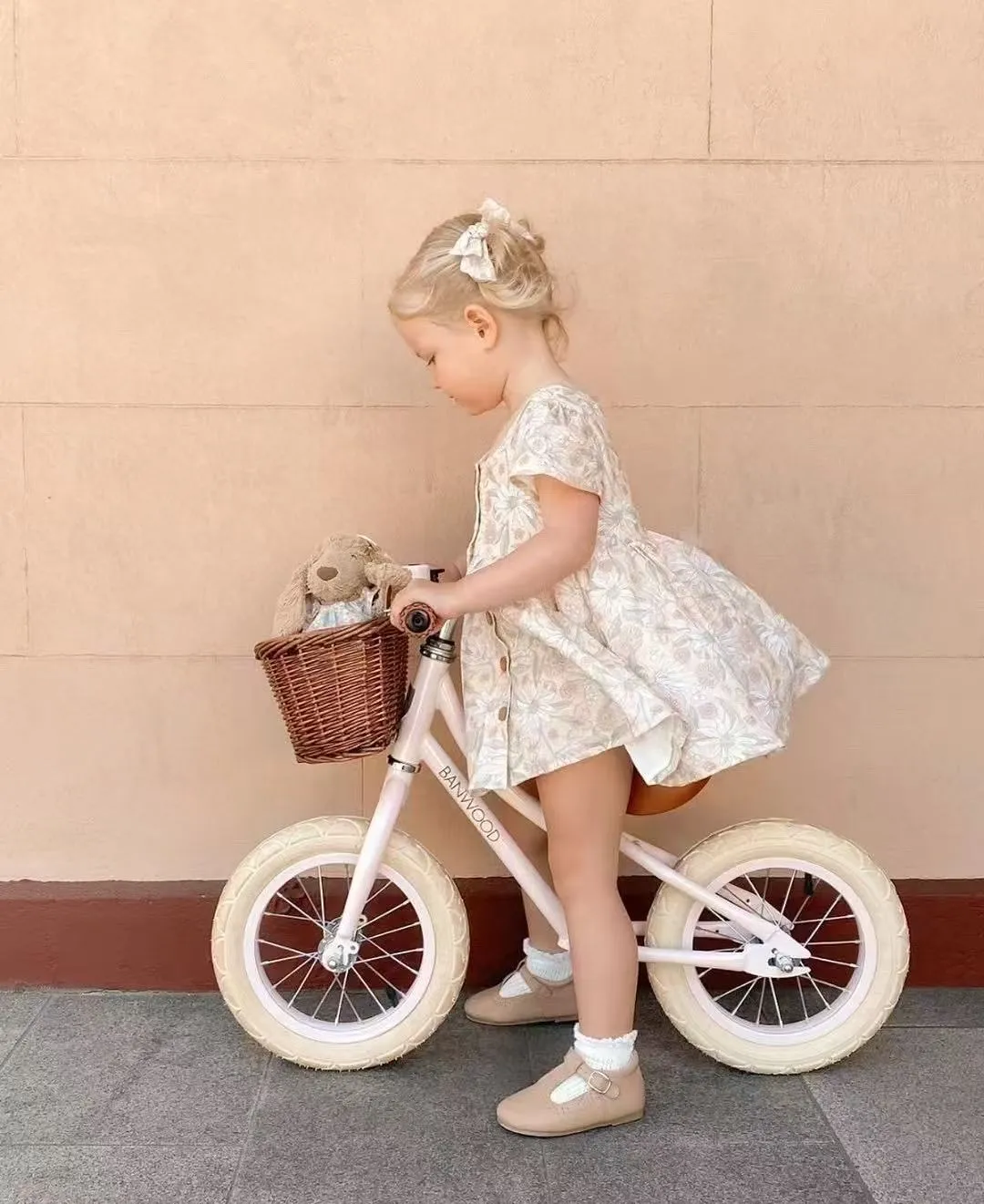The Perfect Ride for Early Development: Discover the Best Kids Balance Bikes
Choosing the right kids balance bikes isn't just about fun—it's about developing balance, confidence, and lifelong motor skills, especially when these bikes are thoughtfully designed with health, safety, and innovation in mind.

Comparing Plastic and Aluminum Kids Balance Bikes: What Parents Need to Know
When selecting a ride for toddlers, many parents weigh the pros and cons of plastic versus aluminum kids balance bikes. Plastic models are often lightweight and inexpensive, making them appealing for very young riders and those new to balance riding. They are generally easier to carry, and many are molded as one-piece frames, reducing maintenance. However, they often fall short in durability, especially for outdoor use or long-term performance.
In contrast, aluminum balance bike for kids options stand out for their robust construction, weather resistance, and longer lifespan. They can handle more rigorous play and offer better shock absorption on uneven surfaces. Although slightly heavier than plastic models, they provide better control and a more realistic riding experience. For parents who plan to pass the bike down or use it frequently outdoors, aluminum is the clear winner in value and resilience.
A New Therapeutic Path: Balance Bike for Kids Supporting Children with Autism
Recent studies and therapeutic practices have shown that balance bike for kids can play a vital role in adjunctive treatment for children with autism spectrum disorder. Riding these bikes helps develop bilateral coordination, body awareness, and sensory integration—all crucial areas where many autistic children experience challenges.
Because these bikes require no pedals, children can focus on mastering balance and steering without the added complexity of cycling mechanics. This allows them to progress at their own pace while building self-confidence and physical competence. Parents and therapists have noted significant improvements in emotional regulation and spatial awareness through consistent riding. For families seeking non-invasive and enjoyable interventions, kids balance bikes offer a powerful blend of play and therapeutic benefit.
Why Seat Angle Matters: Protecting Spinal Health with Baby Balance Bike Design
An often-overlooked feature of a baby balance bike is its seat angle and its impact on spinal development. Improper seating angles can force toddlers into unnatural postures, leading to discomfort and potentially contributing to spinal misalignment over time.
Premium models now come with adjustable seats that tilt slightly forward, encouraging proper hip alignment and an upright spine. For growing toddlers, especially when using a baby balance bike for 2 year old, this seat customization ensures ergonomic support across stages of development. Additionally, a correctly aligned seat angle promotes a healthy gait pattern and avoids overextension of the neck or back during rides.
Whether riding around the house or exploring a neighborhood path, ergonomic seat angles can make all the difference in promoting both comfort and spinal safety for developing bodies.
Choosing the Right Fit: What Makes the Best Baby Balance Bike for 2 Year Old
When shopping for a baby balance bike for 2 year old, size, weight, and safety features should be top considerations. Toddlers in this age group require bikes that are light enough to maneuver but sturdy enough to remain stable on uneven surfaces. Models with soft rubber or foam wheels help ensure a quiet, bump-free ride, while padded handlebars and enclosed wheel hubs offer enhanced safety.
Seat height is critical; it should be adjustable to allow the child’s feet to touch the ground flat while seated. This positioning builds confidence and helps with balance control. Moreover, non-toxic, skin-safe materials are a must, as toddlers often explore with all their senses—including touch and taste.
Many leading manufacturers, including renowned baby balance bike factory brands, now incorporate playful design themes, attractive color palettes, and even built-in ride-tracking features to make learning to ride more exciting for both children and parents.
Baby Balance Bike FAQs
What are the key differences between plastic and aluminum kids balance bikes?
Plastic kids balance bikes are lightweight and affordable but less durable, while aluminum versions offer longer lifespan, better outdoor performance, and more realistic handling.
Can balance bike for kids help children with autism?
Yes, balance bike for kids have been used in adjunctive therapy for children with autism to improve coordination, sensory integration, and emotional well-being.
How does seat angle affect spinal health in a baby balance bike?
A properly adjusted seat angle on a baby balance bike supports a healthy spine and hip alignment, reducing strain and encouraging proper posture during riding.
What features should I look for in a baby balance bike for 2 year old?
Look for a lightweight frame, adjustable seat, non-slip handlebars, enclosed wheels, and safety-certified materials when choosing a baby balance bike for 2 year old.
Why choose a reputable baby balance bike factory over unknown brands?
Established baby balance bike factory brands ensure higher quality, safety standards, and better design innovations, offering more reliability and customer support.
-
The Perfect Ride for Early Development: Discover the Best Kids Balance BikesΝέαJun.11,2025
-
Ride in Style: Why Every Child Needs a Reliable Kids ScooterΝέαJun.11,2025
-
Joy in Every Ride: Why a Kids Tricycle Is the Ultimate First VehicleΝέαJun.11,2025
-
Glide into Joyful Motion with the Innovative Swing CarΝέαJun.11,2025
-
Explore the Perfect Baby Walker for Your Little One’s First StepsΝέαJun.11,2025
-
Engineered for Fun: Premium Kids Motorcycles for Sale That Deliver Safety and ThrillΝέαJun.11,2025
